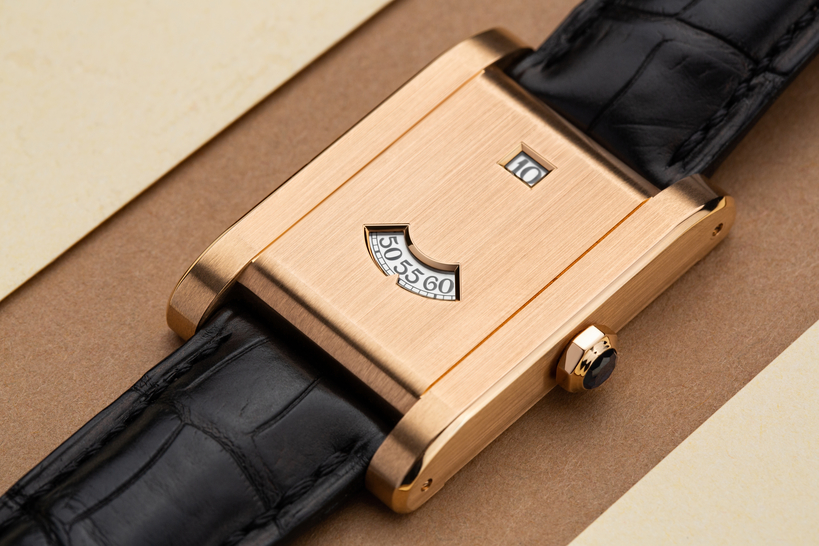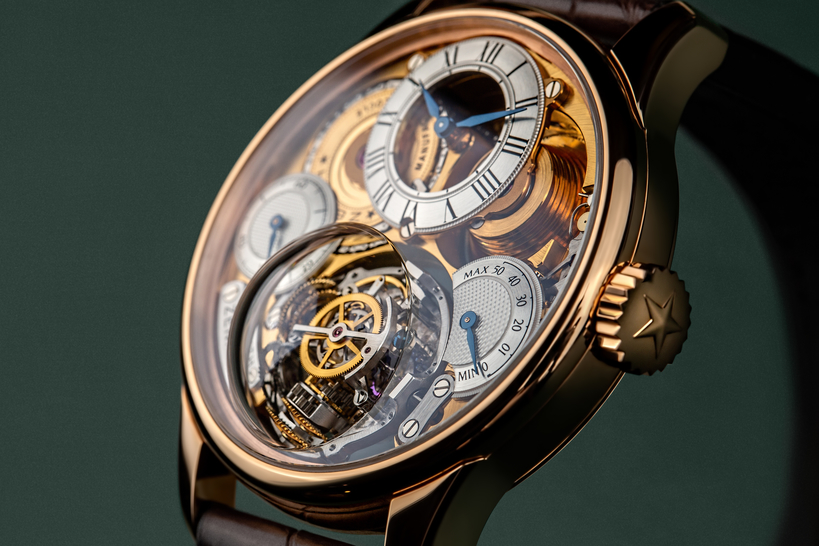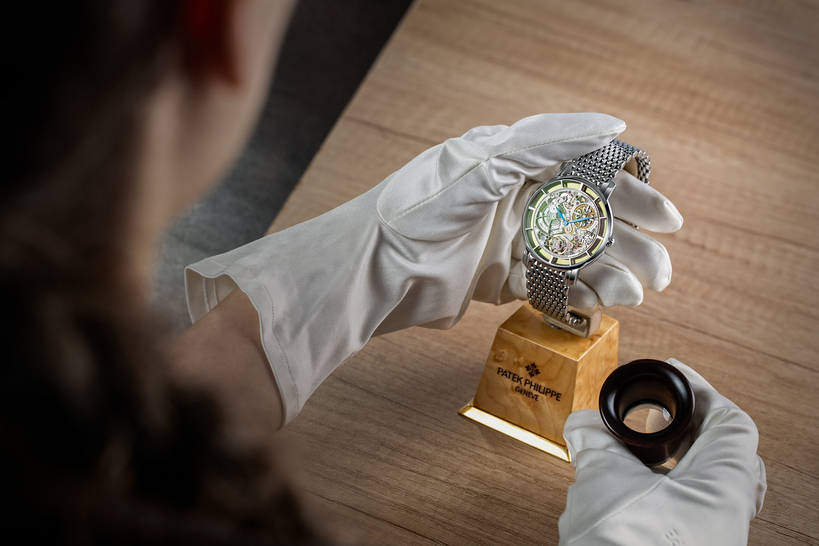Watch brands often draw inspiration from models in their own archives, but few manage to achieve full historical accuracy.
Not only do modern watchmakers need to have a historical original to work with, they should also ideally have genuine parts and equipment at hand. No wonder it's so hard! All the necessary pieces were found in the Heritage Department at the Vacheron Constantin manufacture.
The hundred-year-old model chosen and given the honor of being recreated was the American 1921. The company has already honored this unusual model in its anniversary year: a white-gold Historiques American 1921 was unveiled in a 36.5 mm case at Watches and Wonders, along with a limited edition of 100 platinum pieces.
Yet the American 1921 Pièce Unique really is something special. The watch is almost a fully faithful reproduction of the century-old model. One of the 24 pieces has luckily found its way into the company's own watch collection, so its movement can be reproduced in the future.
The watchmakers-cum-restorers took apart the vintage movement assembled from 115 parts to measure and determine the shape of each of its components, and to understand how they function together as a single "organism". Archaeologists probably experience something similar when they're racking their brains trying to figure out how the Incan temples or Egyptian pyramids were built
The task proved even more difficult for the watchmakers. Not only did they need to understood how the watch was assembled, they also needed to learn to apply techniques used by watchmakers in the past. For example, they had to learn how jewels were set a hundred years ago, which weren't milled into the movement at all back then.
The vintage tools they had stored made it possible to apply the same techniques used a century ago (e.g. a facing lathe from the late 19th and an 18th century "rounding up" tool), while some tools were specially reproduced for the project.
The parts for the American 1921 Pièce Unique are an eclectic mix of recreated components and vintage parts that had been stored in the restoration workshop. The masters have taken a meticulous approach which can be seen in different features, such as how the casemakers have reconstructed the 31.5 mm pillow-shaped case.
They were able to achieve the exact same shade by examining the original case using a spectrometer to determine the alloy's composition (3N 18-karat gold yellow gold). The same alloy was used for the classic yellow-gold buckle, which complements the retro watch strap made of brown calfskin.



